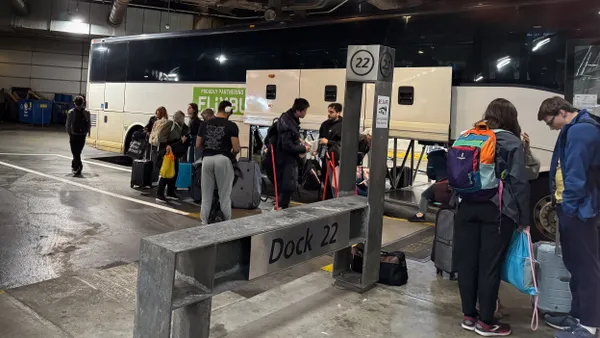Poor driving conditions may increase the risk of a car crash in work zones but the effect of differing speed limits for cars and trucks along those stretches of roads was “insignificant,” a federally funded study by Colorado State University researchers found.
Studies show that there are higher accident rates, including fatal ones, in areas where road maintenance is underway, according to the report.
In construction zones, some lanes can close, requiring drivers to change lanes and speeds, increasing the likelihood of a crash, the report said. While poor road conditions are a factor, they play a bigger role in single-vehicle collisions than in crashes involving multiple vehicles, where issues such as traffic congestion and careless driving are more problematic, the researchers found.
“We can use [the study] to evaluate the work zone safety,” said report co-author Guangyang Hou, now a postdoctoral research associate at the University of Oklahoma. “We can improve work zone safety by optimizing configurations and setting some reasonable speed limits.”
Crashes involving trucks are more severe, but they are less common than collisions that only involve cars, the report said. Cars are more likely to hit trucks due to a lane change than from slowing down, according to the researchers. But overall, lane change collisions are more likely to occur in work zones during clear conditions than during stormy weather, the study found.
“There are two main possible explanations for such findings: one is that drivers are generally more vigilant during inclement weather and the other one is that most construction activities are conducted under relatively good weather conditions,” the report said.
Single-vehicle collisions are also more likely to occur when there are fewer vehicles on the road, according to the researchers. That’s because drivers go faster and are more affected by strong winds when traffic density is lower, increasing the risk of a single-vehicle crash, the report found. Snow was the greatest risk factor for single-vehicle crashes, according to the researchers.
Some states have set slower speed limits for trucks and buses on highways — often lowering them by 10 mph — to prevent larger vehicles from overturning, sideswiping or losing control in areas such as hills or curves, the report says. But different speed limits didn't significantly affect road safety in construction zones because drivers rarely reach the speed limit when traffic congestion increases, the study found.
In addition, greater numbers of trucks in a work zone decreases the risk of a multi-vehicle crash in rainy and snowy weather. That’s because trucks are larger than cars, taking up more space, and speed up and slow down at different rates than cars, which reduces the number of vehicles traveling through a work zone simultaneously.
More research is needed because the report used computer simulations rather than real-world experiments to carry out the study, according to the report’s authors. In addition, the study only evaluated the likelihood of a crash when road construction projects merge two lanes into one. The report does not offer guidance on how to improve safety in roadway work zones.
“If there are three or more lanes, the impact would be different but we are not considering three or four lanes,” Hou said. “In the real world, you have to consider all kinds of different scenarios: different speed limits, road surfaces [plus wind and precipitation]. We only considered a few scenarios.”











